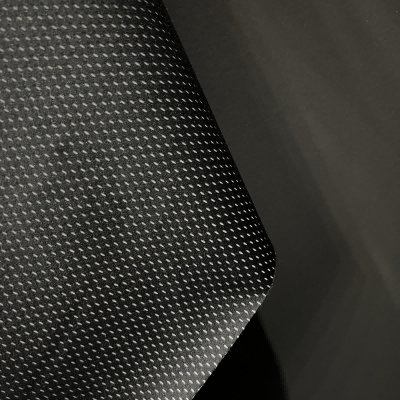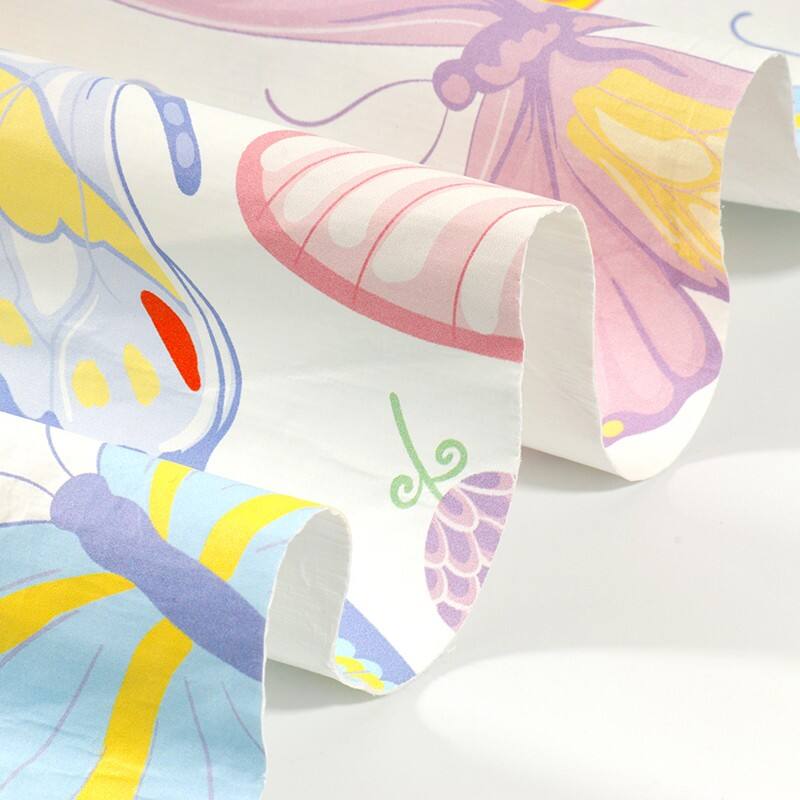breathable clothing fabrics
Breathable clothing fabrics represent a revolutionary advancement in textile technology, designed to enhance comfort and performance during physical activities. These innovative materials feature microscopic pores that allow air circulation while maintaining protection from external elements. The technology behind breathable fabrics involves specialized weaving techniques and advanced synthetic materials that create a dynamic barrier, effectively managing moisture and temperature regulation. These fabrics actively wick away sweat from the skin's surface, allowing it to evaporate quickly while preventing external moisture from penetrating. The applications of breathable fabrics extend across various sectors, from athletic wear and outdoor gear to everyday casual clothing and professional attire. Modern breathable fabrics incorporate features like UV protection, antimicrobial properties, and enhanced durability, making them ideal for diverse weather conditions and activities. The engineering behind these materials ensures optimal comfort during intense physical activities while maintaining aesthetic appeal and practical functionality. Whether used in high-performance sportswear or business casual attire, breathable fabrics have become essential in modern clothing design, offering superior comfort and versatility for various lifestyle needs.


